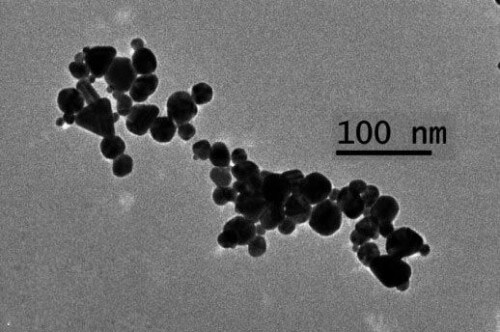A new test strip composed of gold particles may help detect certain types of heart attacks early. The concentration of these particles attached to a specific protein is several thousand times higher in people with myocardial infarction than in healthy people

A new test strip composed of gold particles may help detect certain types of heart attacks early. The concentration of these particles attached to a specific protein is several thousand times higher in people with myocardial infarction than in healthy people.
The innovative test strip is based on gold nanoparticles created by microplasma. Compared to gold nanoparticles produced using traditional chemical methods, the surface of the new nanoparticles attracts a greater amount of antibodies, resulting in significantly higher detection sensitivity.
Kurt H. Becker, a professor in the Department of Applied Physics and the Department of Mechanical and Aerospace Engineering at New York University, along with his research partner Professor Wei Dong Zhu, are helping to develop an innovative test strip based on gold particles to detect heart problems. The innovative gold nanoparticles are based on the specific chemical reactions of the immune system between antigen and antibody. The cTn-I protein is a specific marker for myocardial infarction. The level of this protein in patients experiencing myocardial infarction is several thousand times higher than in healthy people. The early detection of the concentrations of this protein marker is, therefore, a key factor in the diagnosis and treatment of heart attacks.
The use of micro-plasma to create gold nanoparticles is another application of the micro-plasma technology developed by researchers Becker and Zhu. Micro-plasmas are already used with great success in applications in the fields of dentistry (improved bonding, teeth whitening, disinfection in root canal treatments), biological purification (elimination of the activity of microorganisms and biofilms) as well as in the disinfection and preservation of fresh fruits and vegetables. The synthesis of gold nanoparticles using microplasma has great potential for use in other biomedical and medical applications, for example in tumor detection, cancer imaging, drug delivery and the treatment of degenerative diseases such as Alzheimer's disease.
The routine use of gold nanoparticles in the framework of detecting and curing diseases in various patients is still several years away - a higher number of years for healing applications and a lower number for the development of biodetectors. The highest hurdle to overcome lies in the fact that the synthesis of gold nanoparticles with a controlled size and uniform distribution, despite the efficient use of microplasmas, is still an expensive, time-consuming process that requires a lot of laboratory work - characteristics that limit their current use in testing Clinical on a small scale only, notes the lead researcher.

One response
I liked.